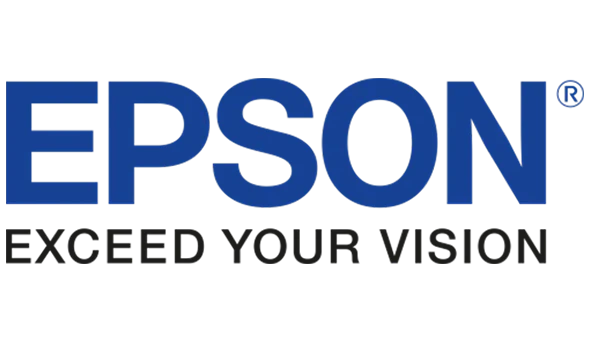Printing, an ever-present tool for work, school, and personal endeavours, has become an integral part of our daily lives. While its convenience is undeniable, it comes at a significant environmental cost. Ink cartridges, the backbone of modern printers, contribute to the growing issue of electronic waste, posing a formidable challenge to sustainability initiatives.
To mitigate this environmental impact, responsible printing practices and mindful consumption of ink cartridges are essential. By embracing eco-friendly alternatives, such as refillable cartridges and recycled paper, we can reduce our environmental footprint while maintaining the convenience of printing. In this post, we will explore eco-friendly practices and cost-effective measures to reduce ink cartridge waste while saving money.
Print Mindfully
The first step in reducing ink cartridge waste is to print mindfully. Before hitting the print button, ask yourself if the document is truly necessary in hard copy. Be sure to consider utilising digital platforms, sharing documents electronically or opting for e-readers to minimise unnecessary printing. By adopting a more mindful approach, you will significantly decrease your overall ink consumption.
Font and Formatting
The selection of fonts and formatting plays a crucial role in optimising ink consumption. Fonts like Arial and Calibri are renowned for their ink-efficiency, utilising less ink to render text compared to other fonts. Additionally, judicious adjustments to document formatting, such as reducing font size and spacing, can lead to significant ink savings over time. These simple yet effective strategies can help you reduce ink consumption, minimise waste, and extend the lifespan of your ink cartridges.
Draft Mode Printing
Most printers offer a ‘draft mode’ option, a versatile feature that prioritises ink conservation and printing speed over exceptional detail. While draft mode may not be ideal for high-quality presentations or formal documents, it proves invaluable for internal communications, proofreading, and reference materials. This feature not only reduces ink consumption but also accelerates the printing process, conserving energy and streamlining workflows. Use draft mode whenever possible to strike a balance between efficiency and speed, minimising your environmental impact and maximising your printing productivity.
Use Eco-Friendly Fonts
Font selection extends beyond aesthetics and plays a significant role in ink conservation. Eco-friendly fonts, such as Ecofont and Garamond, are meticulously designed to utilise less ink without compromising readability. By incorporating these fonts into your everyday printing, you can contribute to a more sustainable printing practice without diminishing the clarity and effectiveness of your documents. Why not consider eco-friendly fonts in future?
Invest in a Refill Kit
Instead of discarding empty ink cartridges and contributing to the growing electronic waste problem, consider investing in refill kits. Numerous third-party companies offer affordable and user-friendly kits that empower you to refill your cartridges at home. This eco-conscious approach not only reduces waste but also proves to be a cost-effective alternative to purchasing brand-new cartridges. By using refill kits, you can extend the lifespan of your cartridges, minimise your environmental footprint, and enjoy significant savings.
Choose Compatible Cartridges
Opt for compatible or remanufactured cartridges from reputable suppliers. These cartridges are often more affordable than original ones and perform just as well. By choosing compatible cartridges, you are promoting a circular economy by extending the life cycle of these essential printing components.
Print in Black and White
Colour printing consumes more ink than black and white. Reserve colour printing for essential documents and print routine materials in black and white to maximise ink cartridge life. Adjust your printer settings to default to black and white printing unless colour is explicitly required.
Regular Maintenance
Regular maintenance of your printer is crucial for ensuring optimal performance and ink efficiency. This includes cleaning printheads to remove any accumulated ink debris and performing nozzle checks to identify and resolve any potential blockages.
A well-maintained printer operates more effectively, minimising the likelihood of ink wastage due to printing errors or clogs. By incorporating regular maintenance into your printing routine, you can prolong the lifespan of your printer, enhance the quality of your prints, and conserve ink, contributing to both environmental sustainability and cost savings.
In conclusion, reducing ink cartridge waste does not have to be a complicated or expensive endeavour. By adopting mindful printing habits, exploring eco-friendly font options, investing in refill kits and making informed choices when purchasing cartridges, you can contribute to a more sustainable and cost-effective printing routine.
If you are ready to implement these practices today to not only save money but also play your part in minimising the environmental impact of printing, then head over to the Toner One where you will be able to find out more about reducing ink cartridge wastage, as well as purchase the most suitable and compatible ink cartridges for your printing needs at the most competitive prices.
Alternatively, should you need further guidance and advice, please feel free to get in contact with us directly by calling us on 01462 233 669, by emailing admin@tonerone.co.uk or by completing our online enquiry form and one of our experts will be happy to help.









































